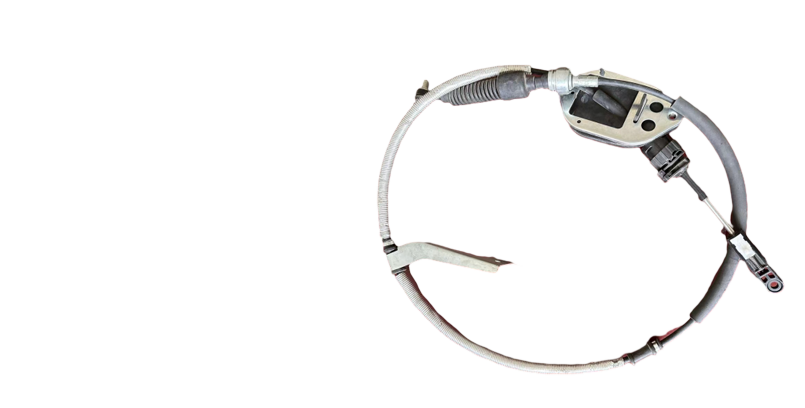throttle control cable
Understanding Throttle Control Cables An Essential Component for Engine Performance
Throttle control cables play a crucial role in the functioning of internal combustion engines. These cables are integral to the interaction between the driver and the engine, translating the driver’s intention—accelerating or decelerating—into actual engine response. Whether in a car, motorcycle, or any other motorized vehicle, the throttle control cable is a component that deserves attention for its importance in performance, maintenance, and overall vehicle operation.
The Basics of Throttle Control Cables
At its core, a throttle control cable is a flexible mechanical linkage that connects the accelerator pedal (or grip) to the throttle body or carburetor. When a driver presses the accelerator pedal, it pulls the cable, which in turn opens the throttle, allowing more air and fuel into the engine. This process is essential for increasing engine power and speed.
Throttle cables come in various types, including push-pull mechanisms. They are typically constructed from a durable material such as stainless steel or other alloys, capable of withstanding significant tensile stress. The cable is housed in a protective casing, ensuring smooth operation while guarding against environmental factors like dirt, moisture, and wear over time.
The Importance of Proper Functioning
The efficiency of the throttle control cable directly impacts vehicle performance, and a malfunctioning cable can lead to various issues. A sticky or frayed cable can cause erratic engine responses, leading to a dangerous driving experience. If the cable is too tight, it may not allow the throttle to close properly, leading to unintended acceleration. Conversely, if it is too loose, the throttle may not open fully, resulting in poor performance and hesitant acceleration.
throttle control cable

Regular inspection of the throttle control cable for any signs of wear, fraying, or corrosion is essential. Maintenance may involve lubrication of the cable and checking for any bends or kinks that could impede function. If any issues are identified, timely replacement is recommended to maintain the vehicle's performance and safety.
Advances in Throttle Control Technology
As automotive technology evolves, so does the throttle control mechanism. Modern vehicles often feature electronic throttle control (ETC) systems, also known as drive-by-wire systems. These systems eliminate the need for a physical cable by using electronic sensors and motors to control the throttle position. This advancement offers several advantages, including improved responsiveness, better fuel efficiency, and more precise control over the engine's performance.
However, despite the shift towards electronic systems, traditional throttle control cables are still prevalent in many vehicles, especially older models and certain types of motorcycles. For enthusiasts who prefer the mechanical feel and predictability of a cable system, understanding the nuances of throttle control cables remains essential.
Conclusion
In conclusion, throttle control cables are a small yet vital component of any vehicle's engine system. They serve as the mechanical link translating driver input into engine action. Proper care and maintenance of these cables can ensure not only optimal performance but also safety while driving. With advancements in technology leading to new electronic alternatives, understanding the role and function of traditional throttle control cables remains relevant for automotive enthusiasts and everyday drivers alike. Whether you are navigating city streets or exploring open highways, the health of your throttle control cable is integral to a smooth and responsive driving experience.
-
Upgrade Your Control with Premium Throttle CablesNewsAug.08,2025
-
Stay in Control with Premium Hand Brake CablesNewsAug.08,2025
-
Experience Unmatched Performance with Our Clutch HosesNewsAug.08,2025
-
Ensure Safety and Reliability with Premium Handbrake CablesNewsAug.08,2025
-
Enhance Your Vehicle with High-Performance Clutch LinesNewsAug.08,2025
-
Elevate Your Ride with Premium Gear CablesNewsAug.08,2025
